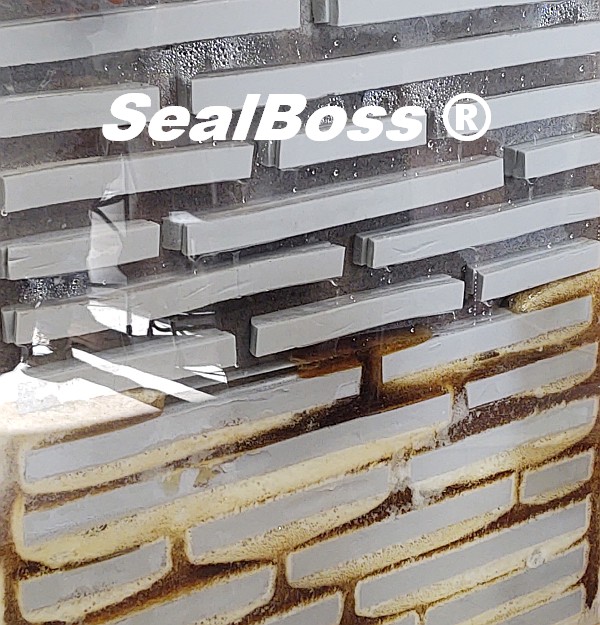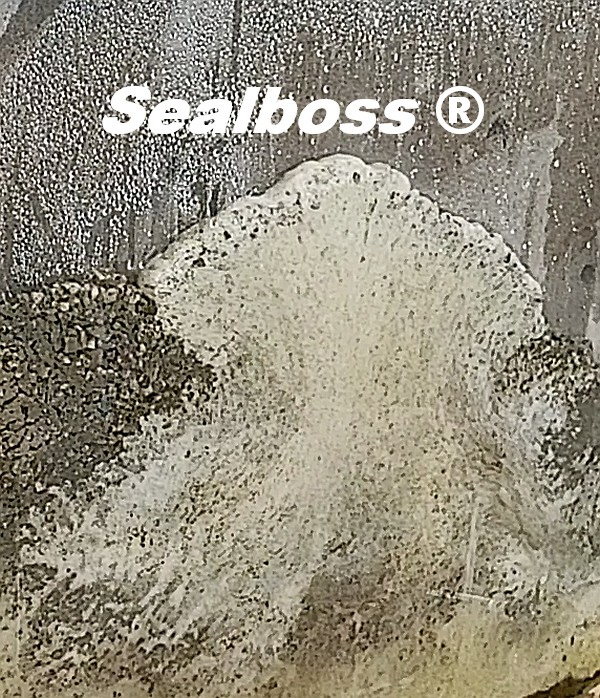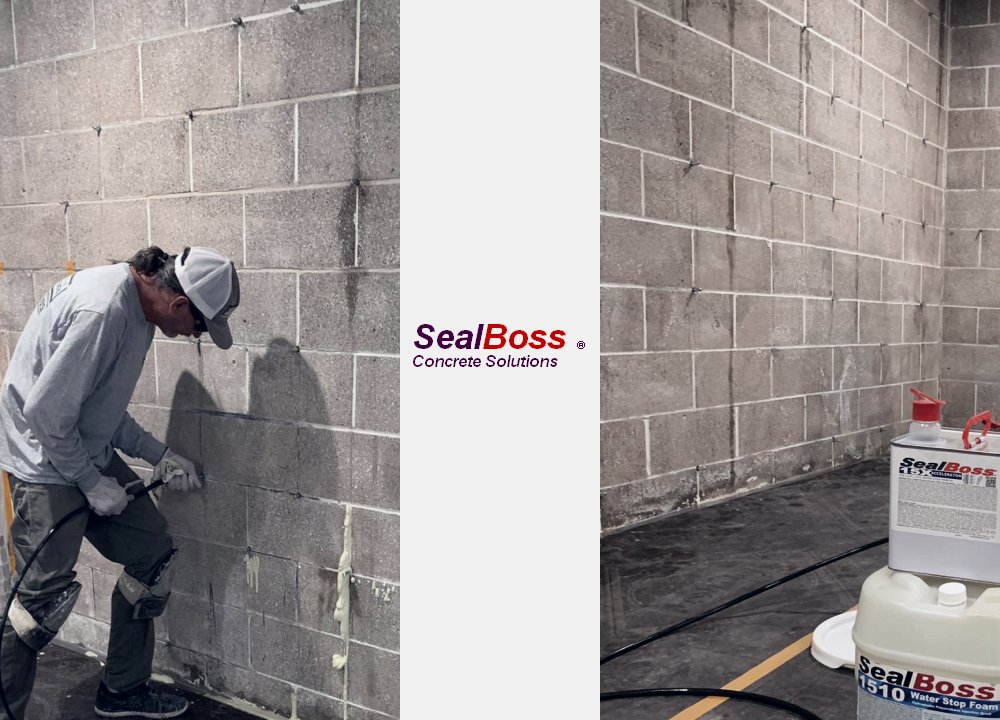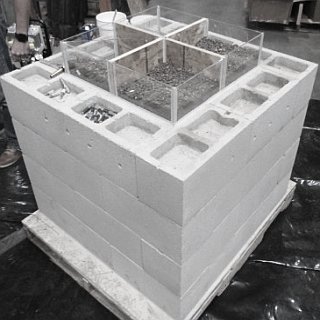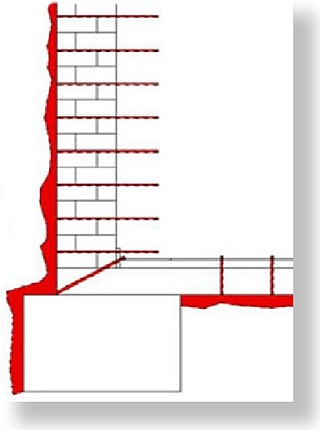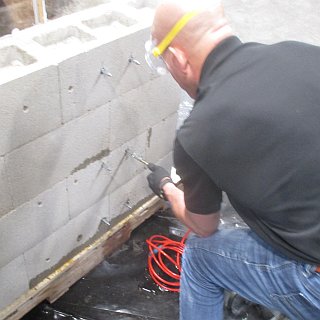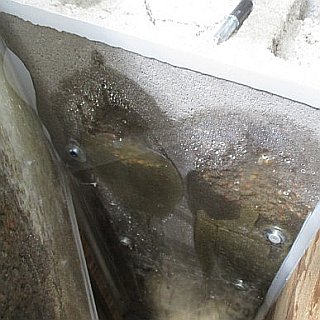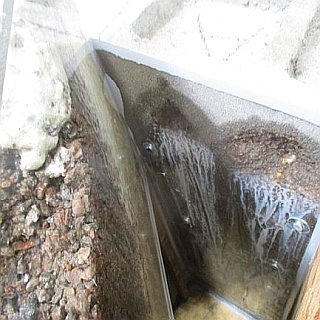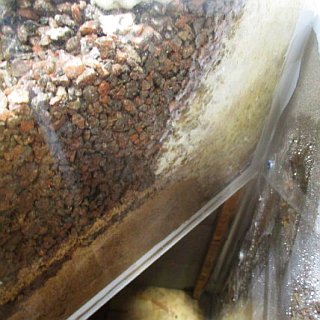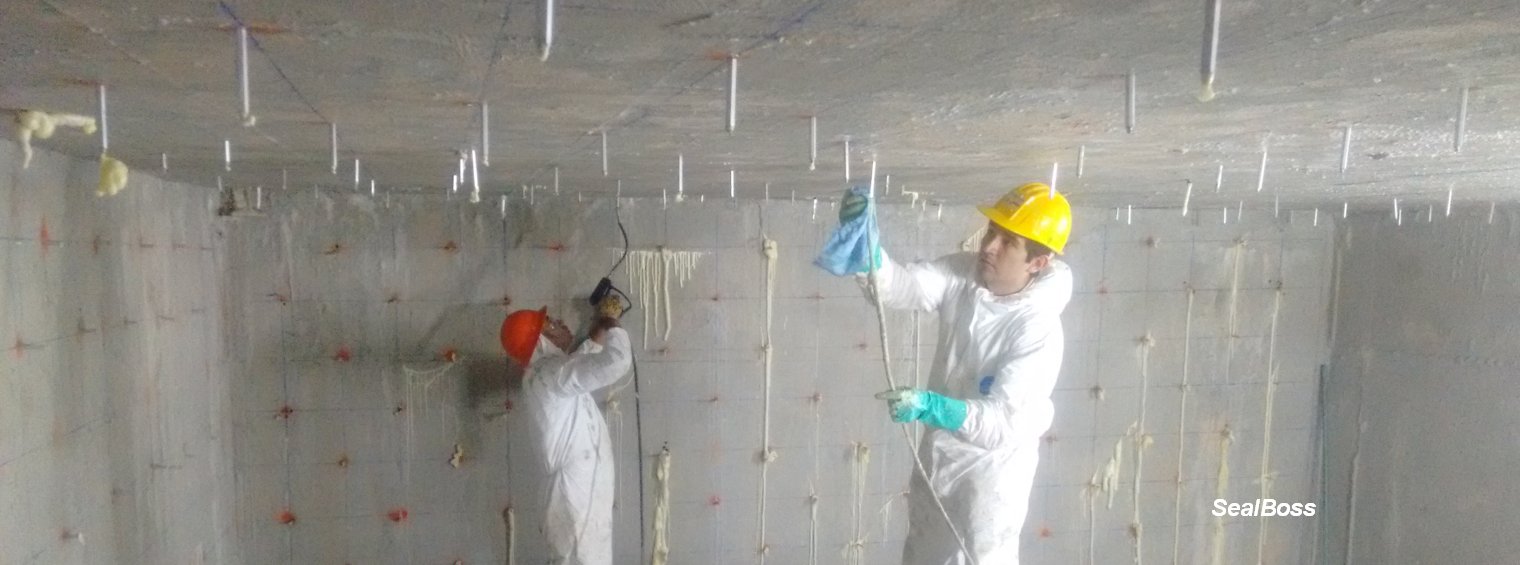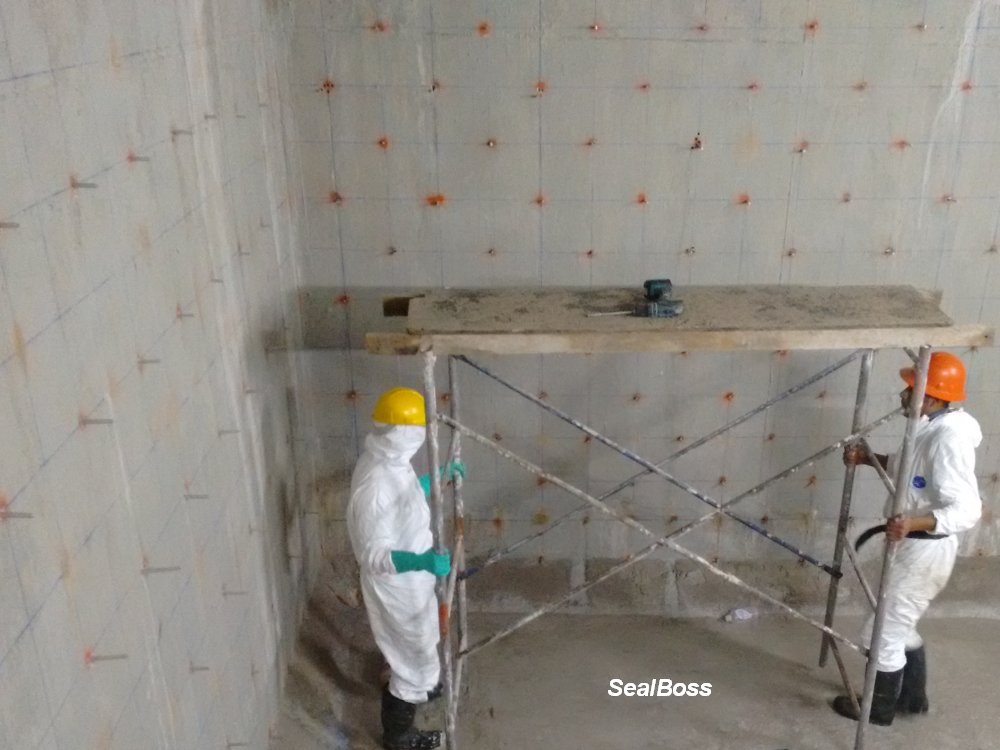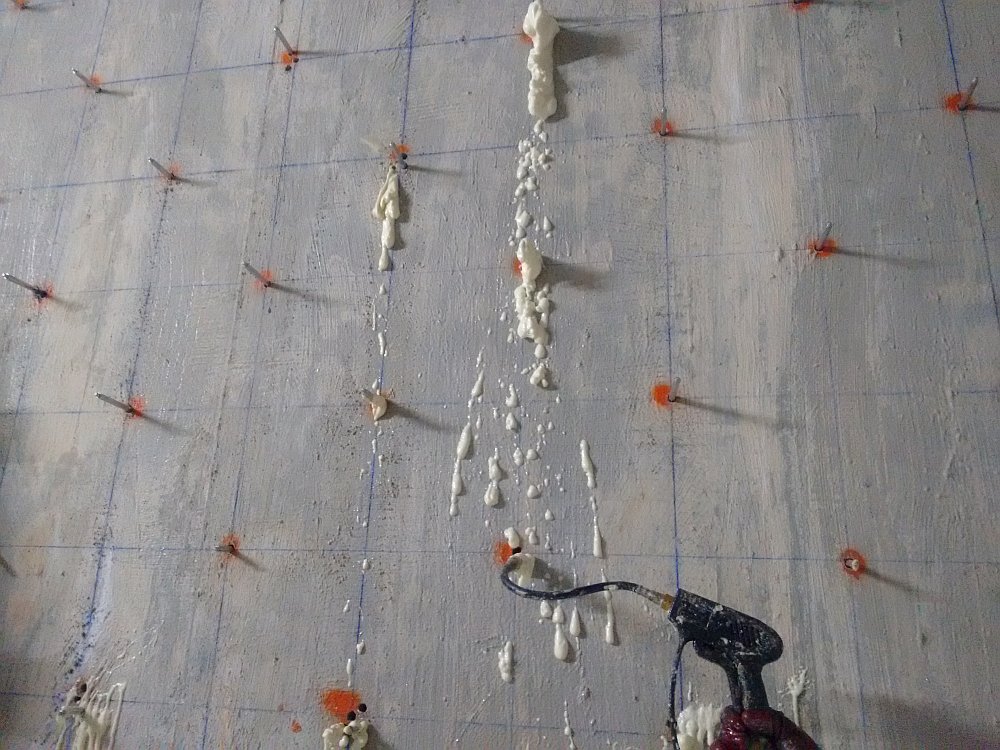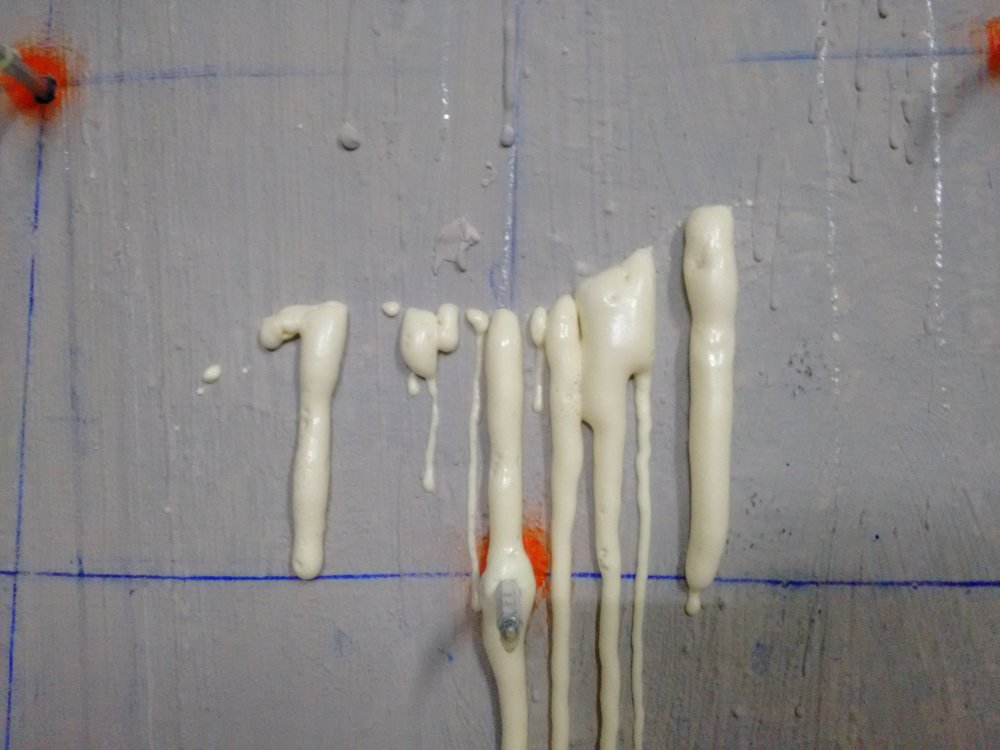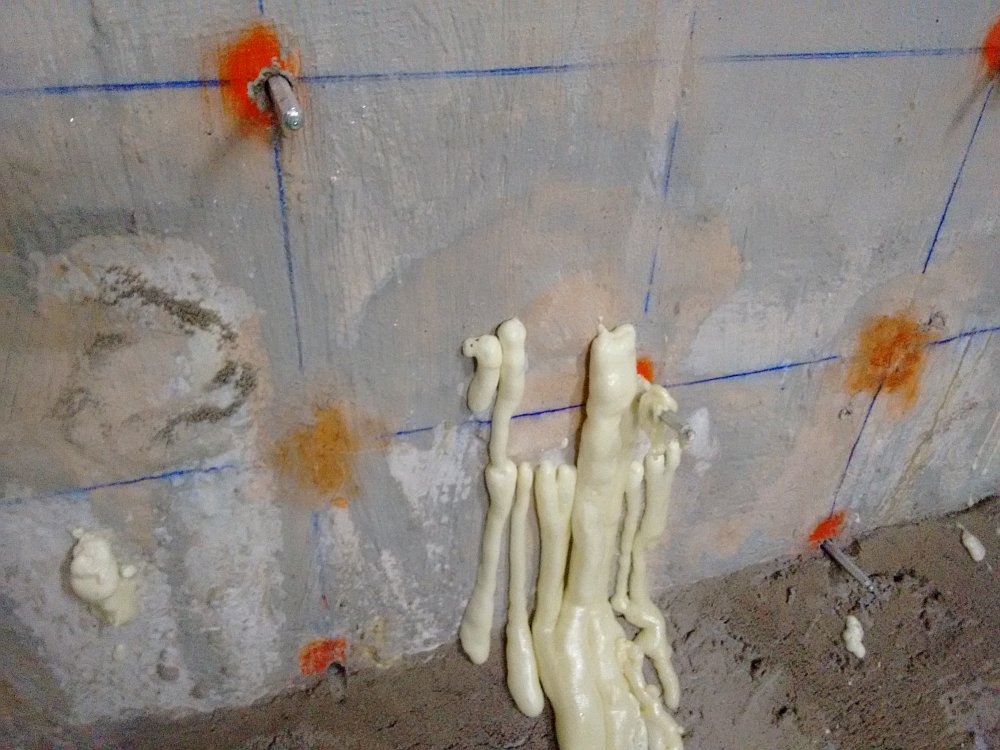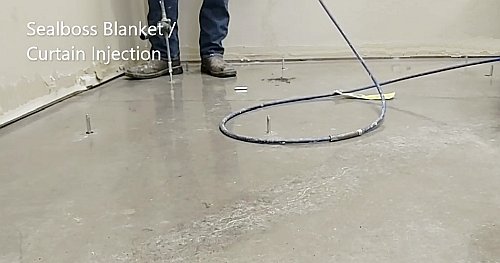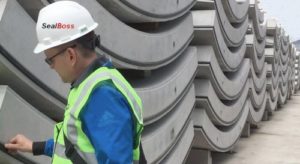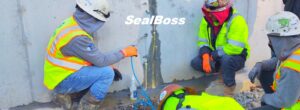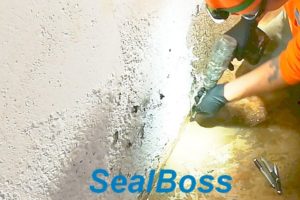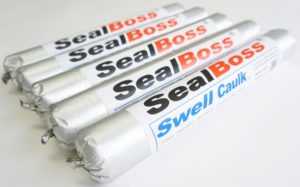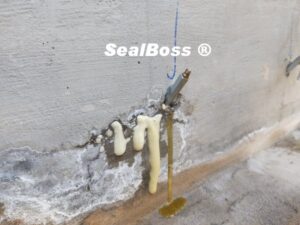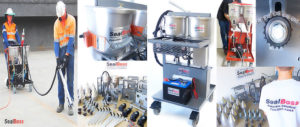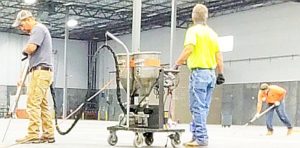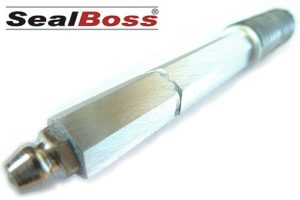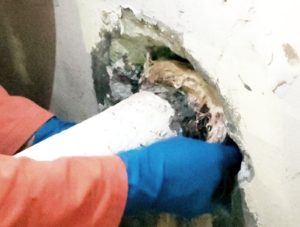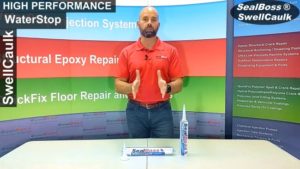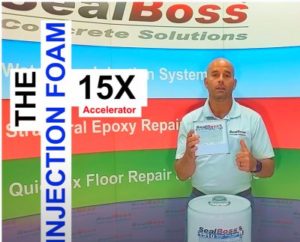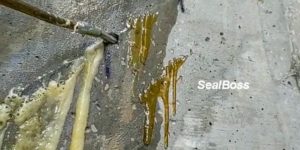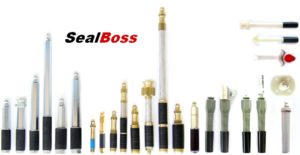Blind Side Waterproofing Injection
Blind Side Waterproofing Injection
Curtain Injection Training and Visualization
Introduction
In the competitive world of construction, innovation is key to staying ahead, and blind side waterproofing is transforming how contractors address water intrusion. By employing blind side injection technology, this advanced method forms durable, moisture-proof barriers on the exterior or hard-to-reach sides of below grade structures.
Combining precision and effectiveness, it offers a reliable solution to complex waterproofing challenges while opening up opportunities for contractors to expand their expertise and services.
Cross-training and diversifying services have become essential for contractors seeking to stay ahead in the specialty construction repair and waterproofing industry.
Expanding into specialized techniques like blind side waterproofing can not only be strategically advantageous but also highly lucrative. By adopting advanced technologies such as blind side injection, contractors can provide innovative solutions to complex waterproofing challenges.
Showcasing the Power of Blind Side Waterproofing
A recent demonstration highlighted the effectiveness of urethane-based injection systems in blind side waterproofing applications. Using state-of-the-art tools and materials, the process showcased the water-displacing properties of hydrophobic foam under two different scenarios, demonstrating both precision and versatility.
Maze Simulation:
A mock-up mimicking a maze-like structure was created using a concrete patio paver fitted with a plexiglass panel. The setup allowed observers to see the hydrophobic foam’s growth as it expanded into confined spaces, utilizing available moisture to polymerize into a closed-cell foam. The foam not only displaced water but also formed a durable, water-repellent barrier, ensuring no further water could penetrate the structure.
Open Space Simulation:
In the second mock-up, the foam was injected into a wide, open cavity. As moisture was introduced via a pressurized water bottle, the resin reacted, expanded, and filled the void. This demonstrated the foam’s ability to adapt to different spaces, provided moisture was present to trigger the polymerization process.
The equipment used in these demonstrations included a signature pump for precise material delivery, as well as versatile packers designed for efficient injection into drilled ports. These tools showcased the seamless application of hydrophobic foam in real-world scenarios.
Video: Curtain Injection Mock-up to Demonstrate Permeation and Expansion of Grout at 2x Speed
Blind Side Injection in Practice
Blind side injection, a cornerstone of modern blind side waterproofing techniques, is currently being implemented in high-profile projects. One such project involves the use of a 2-foot-on-center staggered drilling grid to inject hydrophobic foam behind a wall. This process creates an interlocking network of foam disks on the blind side of the structure, forming a continuous barrier against water intrusion.
This method effectively prevents hydrostatic pressure from pushing water through the wall and into interior spaces. For building tenants and management, the results are clear: dry, functional spaces protected from water damage and its associated risks.
Benefits of Blind Side Waterproofing
Blind side waterproofing, particularly when utilizing curtain and bladder injection technology, offers a range of advantages over traditional waterproofing methods:
Precision: Targets problem areas directly with minimal disruption to the structure.
Durability: Forms a long-lasting, water-repellent barrier that resists moisture infiltration.
Versatility: Effective in confined spaces, large voids, and various construction scenarios.
Cost-Effectiveness: Reduces the need for excavation or demolition, lowering project costs.
Adaptability: Works in a variety of below grade applications.
These benefits make blind side injection an essential tool for contractors looking to provide cutting-edge waterproofing solutions.
A Strategic Advantage for Contractors
With many companies prioritizing lean operations, contractors who expand their capabilities into blind side waterproofing can gain a significant competitive edge. By mastering advanced systems, such as urethane leak seal injection, contractors can position themselves as leaders in the industry while addressing critical waterproofing needs for clients.
Blind side injection technology is not only practical but also highly adaptable, providing reliable solutions in diverse scenarios. This makes it an ideal addition to a contractor’s skill set, enhancing their ability to take on high-value projects.
Best Practices for Blind Side Waterproofing
To achieve success with blind side waterproofing, contractors should follow these best practices:
Comprehensive Site Assessment: Identify areas most susceptible to water intrusion and plan the injection grid accordingly.
Proper Equipment Usage: Utilize specialized pumps and packers for precise material delivery.
Controlled Moisture Introduction: Ensure adequate moisture is available for foam polymerization without over-saturation.
Strategic Drilling Patterns: Use staggered drilling grids to ensure comprehensive coverage.
Ongoing Training: Invest in cross-training teams to maximize efficiency and expertise.
These practices ensure that projects are completed efficiently and to the highest standards.
Blind Side Waterproofing Products
Blindside waterproofing injection systems, such as those offered by SealBoss, provide cutting-edge solutions for preventing water infiltration in below-grade construction. Products like polyurethane foams and resins are designed for rapid expansion and adaptability, effectively permeating soils and aggregate, as well as sealing cracks, voids, and joints even in high-pressure water conditions. Acrylate gels are particularly well-suited for fine crack injection and soil permeation, delivering low-viscosity penetration and forming flexible, long-lasting water barriers.
For structural repair and reinforcement, epoxy resins offer exceptional bonding strength and chemical resistance, ensuring durable protection in demanding environments. These advanced materials work seamlessly with SealBoss injection systems to deliver reliable, efficient, and long-term waterproofing solutions.
Learn More About Blind Side Waterproofing
For contractors looking to expand their service offerings, blind side injection and other advanced waterproofing systems present a significant opportunity. By embracing this innovative technology, professionals can tackle complex waterproofing challenges while delivering long-lasting, high-performance results.
To learn more about these systems and how they can enhance your next project, visit SealBoss.com or contact a technical advisor today.
Related Content





























